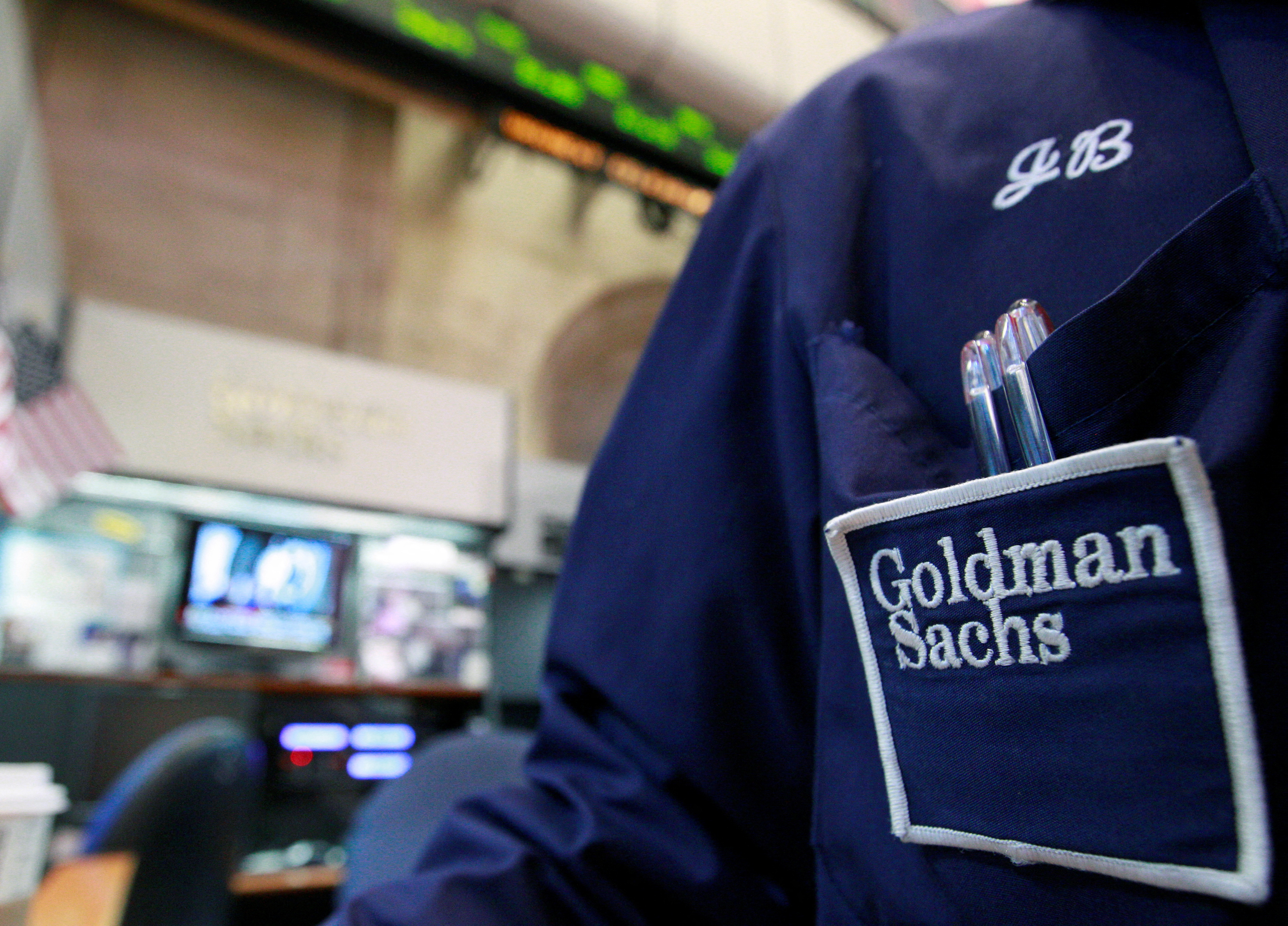The financial fortunes of Wall Street’s investment banking titans split as Morgan Stanley (MS.N) benefited from higher wealth management revenue while Goldman Sachs (GS.N) suffered from higher costs and an increase in rainy day funds.
Goldman reported a profit of $3.32 per share in the fourth quarter, missing the Wall Street estimate of $5.48, according to Refinitiv IBES data, sending its shares down 6.5%.
Morgan Stanley’s shares rose 6% after it reported $1.31 per diluted share on an adjusted basis, well above analysts’ estimates of $1.19 per share, according to Refinitiv IBES data.
The banks’ releases wrap up a mixed fourth-quarter earnings period for the big U.S. banks.
“This round goes to Morgan Stanley, as they appear to be one of the stand-out bank earnings,” said Edward Moya, senior market analyst Americas at OANDA.
Morgan Stanley’s wealth management business saw revenue climb 6% in the quarter as interest income increased amid the U.S. Federal Reserve’s interest rate hikes through most of last year.
Goldman’s results also included a net loss of $660 million at its platform solutions unit, which houses transaction banking, credit card and financial technology businesses, as provisions for credit losses grew while the business was expanding.
Goldman is curbing its consumer banking ambitions as Chief Executive Officer David Solomon refocuses the bank’s resources on strengthening its core businesses such as investment banking and trading.
Even so, Goldman Sachs’ full-year results were still resilient in the face of difficult market conditions, said David Fanger, senior vice president at Moody’s Investors Service.
Both banks reported a plunge in investment banking revenue as Wall Street dealmakers handling mergers, acquisitions and initial public offerings faced a sharp drop in their businesses in 2022.
Goldman Sachs’ Chief Executive David Solomon confirmed that the bank was cutting 6% of its headcount, or around 3,200 jobs, and was making changes to its consumer business to navigate an uncertain outlook for 2023.
“We tried to do too much too quickly,” he said about the bank’s consumer business. “We didn’t execute perfectly on some so we’ve taken a hard look at those, and you make adjustments.”
UBS analysts wrote in a note Morgan Stanley’s fourth-quarter core trends were encouraging and cleared the low bar.
Revenue from Morgan Stanley’s investment banking business fell 49% to $1.25 billion in the fourth quarter, with revenue declines across the bank’s advisory, equity and fixed income segments.
The investment banking business slowdown weighed on the company’s net revenue, pulling it down 12% to $12.7 billion.
“I am highly confident that when the Fed pauses, deal activity and underwriting activity will go up,” Chief Executive Officer James Gorman told analysts in a call.
Still, Chief Financial Officer Sharon Yeshaya told Reuters earlier on Tuesday that the bank is comfortable with its headcount after recent layoffs. Morgan Stanley had cut 2% of its headcount in December, or about 1,600 jobs, a source had told Reuters.
Trading has been a surprise bright spot for Morgan Stanley, with the unit’s revenue jumping 26% in the fourth quarter, as clients look to hedge against market risks by rejiggering portfolios toward more defensive assets.
Looking ahead, Gorman said the bank’s wealth and investment management businesses are expected to become an increasingly larger portion of the firm’s pre-tax profit in the coming years.
The wealth management unit has also helped the bank keep its funding cost lower amid a rate hiking cycle, the CEO added.
Mark-to-market losses on corporate loans came in at $876 million, as interest rates rose. It includes debt to Twitter, the CFO said. Morgan Stanley is among a group of banks that provided a $13 billion loan to finance Elon Musk’s acquisition of the social media company.
Updating Morgan Stanley’s outlook, the CFO said the bank’s net interest income, or the money banks bring in from interest payments, has not peaked, although it is likely to reduce its growth rate this year.
Related Galleries:



